What are your accomplishments so far?
For the first half of my internship, I mainly worked on the PRIME (Powder Removal in Microgravity Environments) Project. Over the past eight weeks, I have analyzed previous work, redesigned, and produced a working prototype. This has included utilizing CREO to model parts to be put through strenuous rapid prototyping and selecting and programming sufficient electronics using Arduino IDE. Beyond PRIME, I have also provided powder work, such as morphology analysis on regolith stimulants andAM powder, to support projects within my organization.
What are your goals?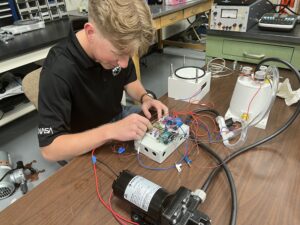
In the coming weeks, I will present our working prototype of PRIME to a local contractor, with the goal of having it handed off for the production of a flight-ready model to be sent to the ISS. Beyond this, I hope to test our unit’s capabilities on different geometries and turbo machinery parts.
What is an impact of this internship?
This internship has opened the door to vast opportunities within NASA. Getting a taste of what working for NASA is like has inspired me to stay on this path and come back for an internship this summer, along with making my way to working for NASA full-time following graduation.
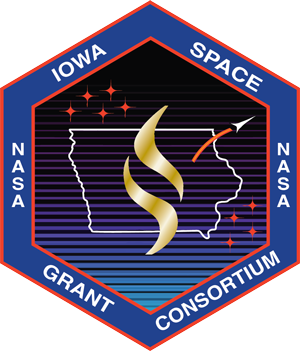
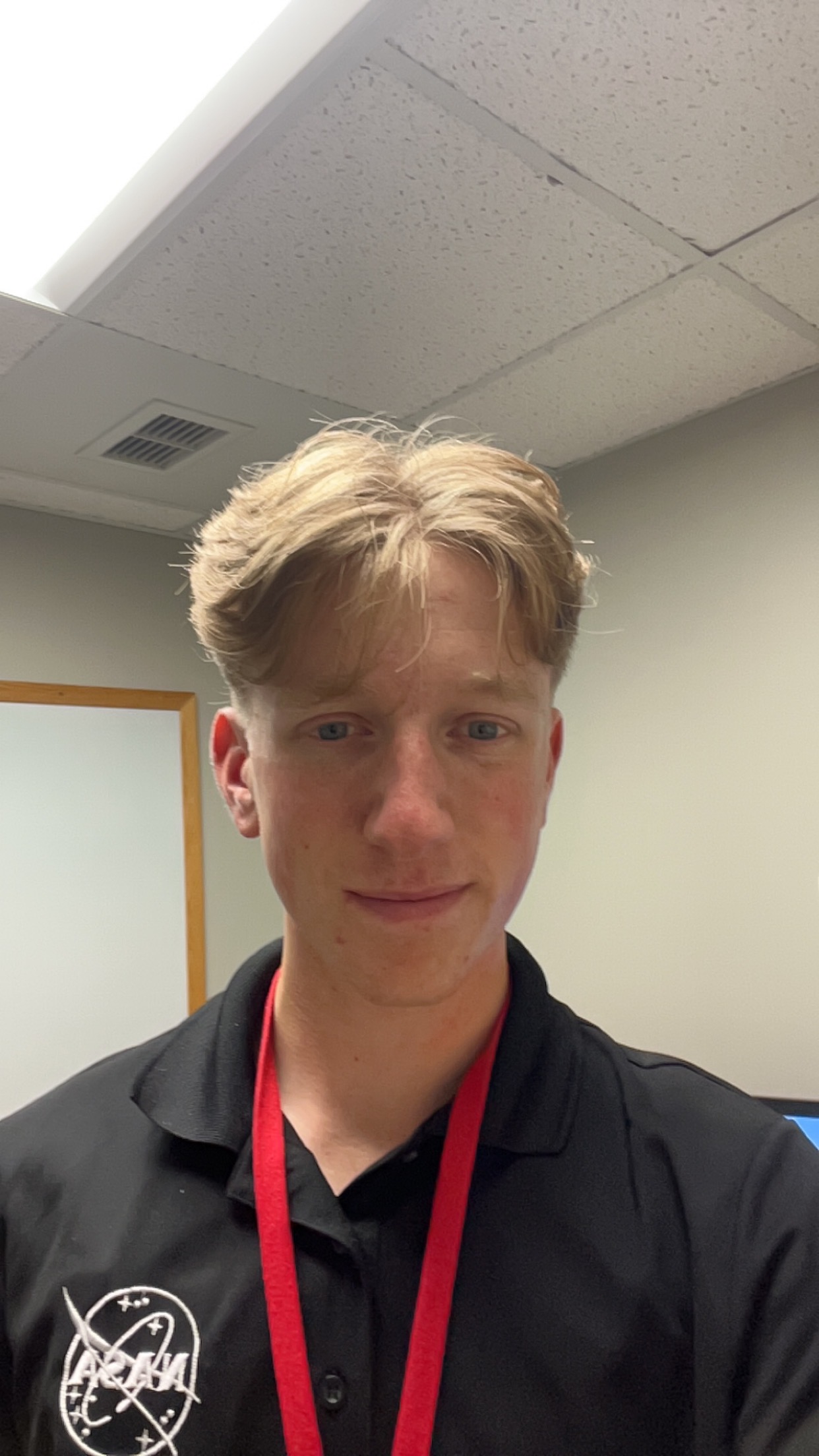
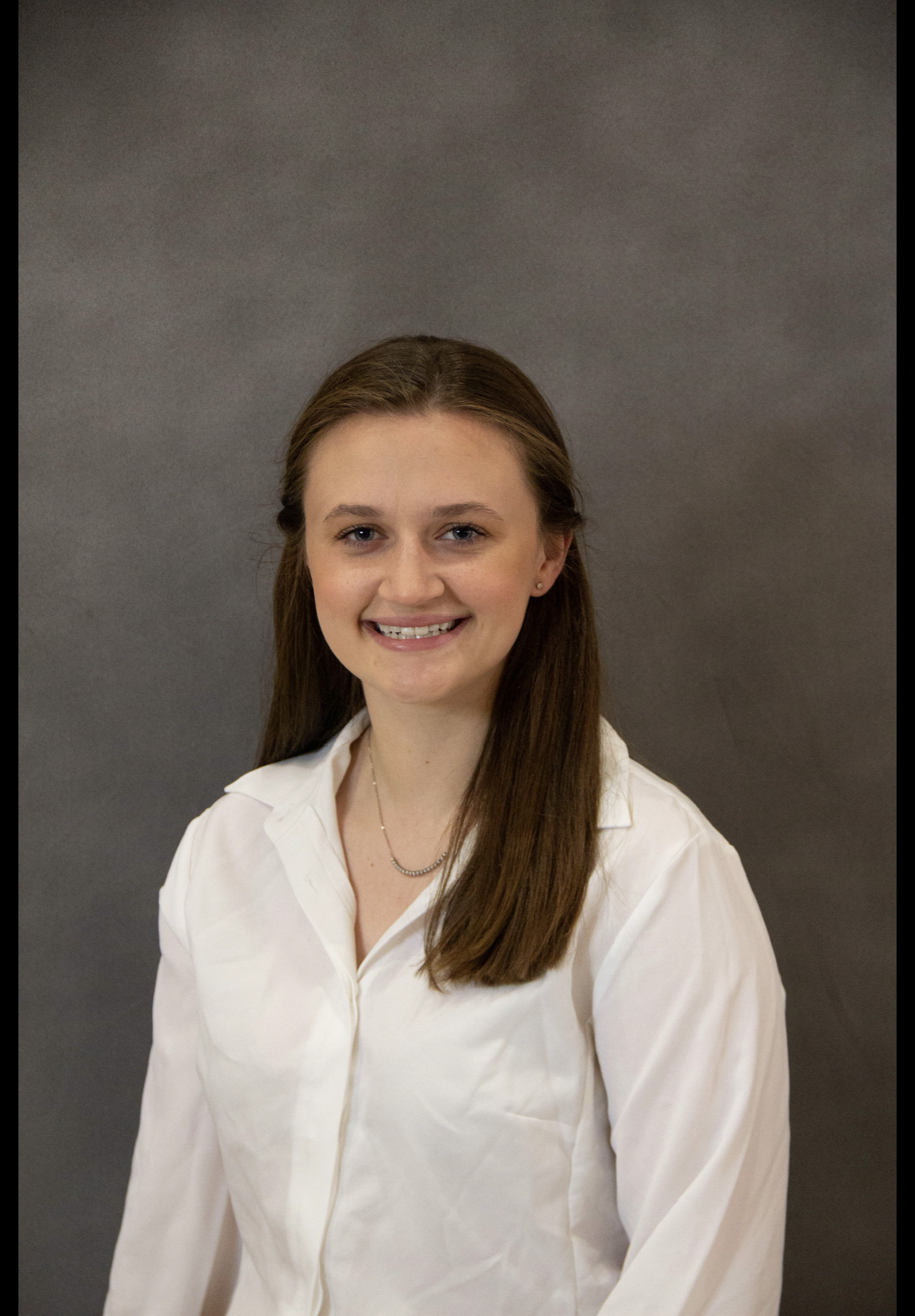
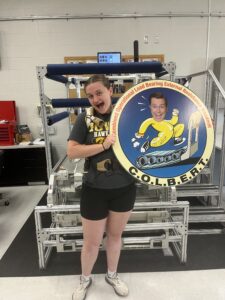
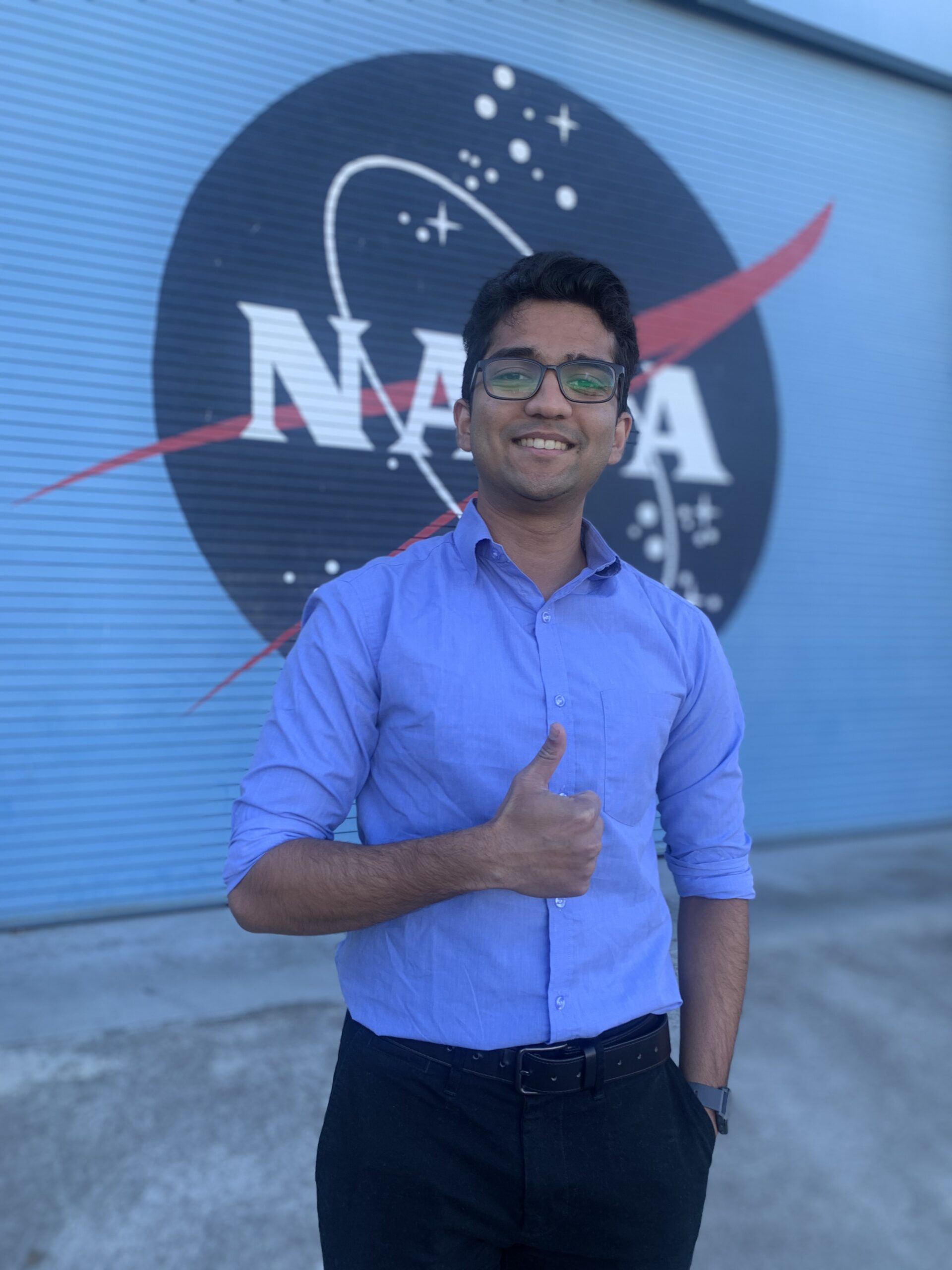
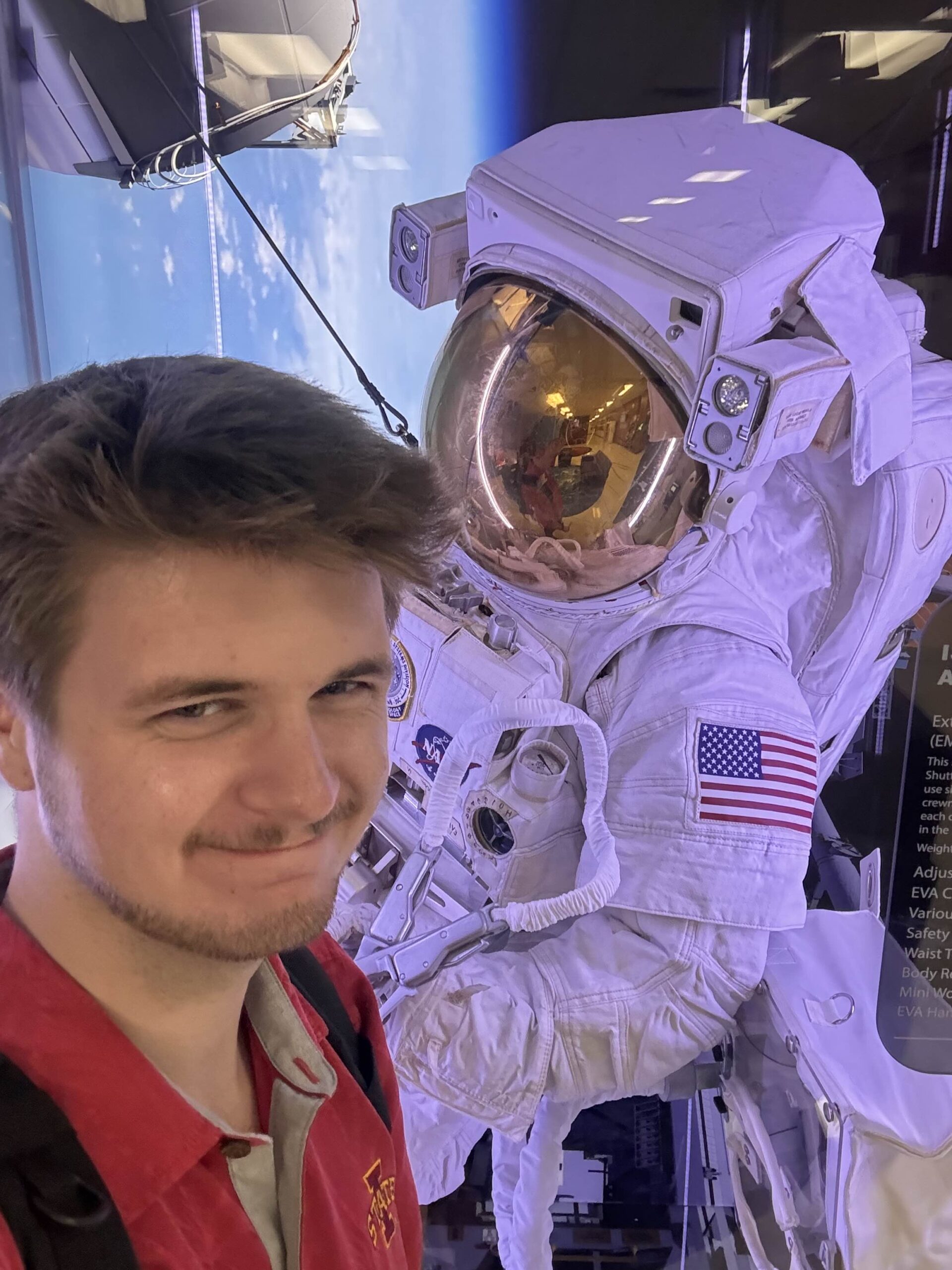
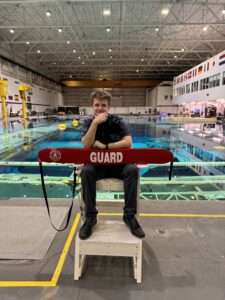
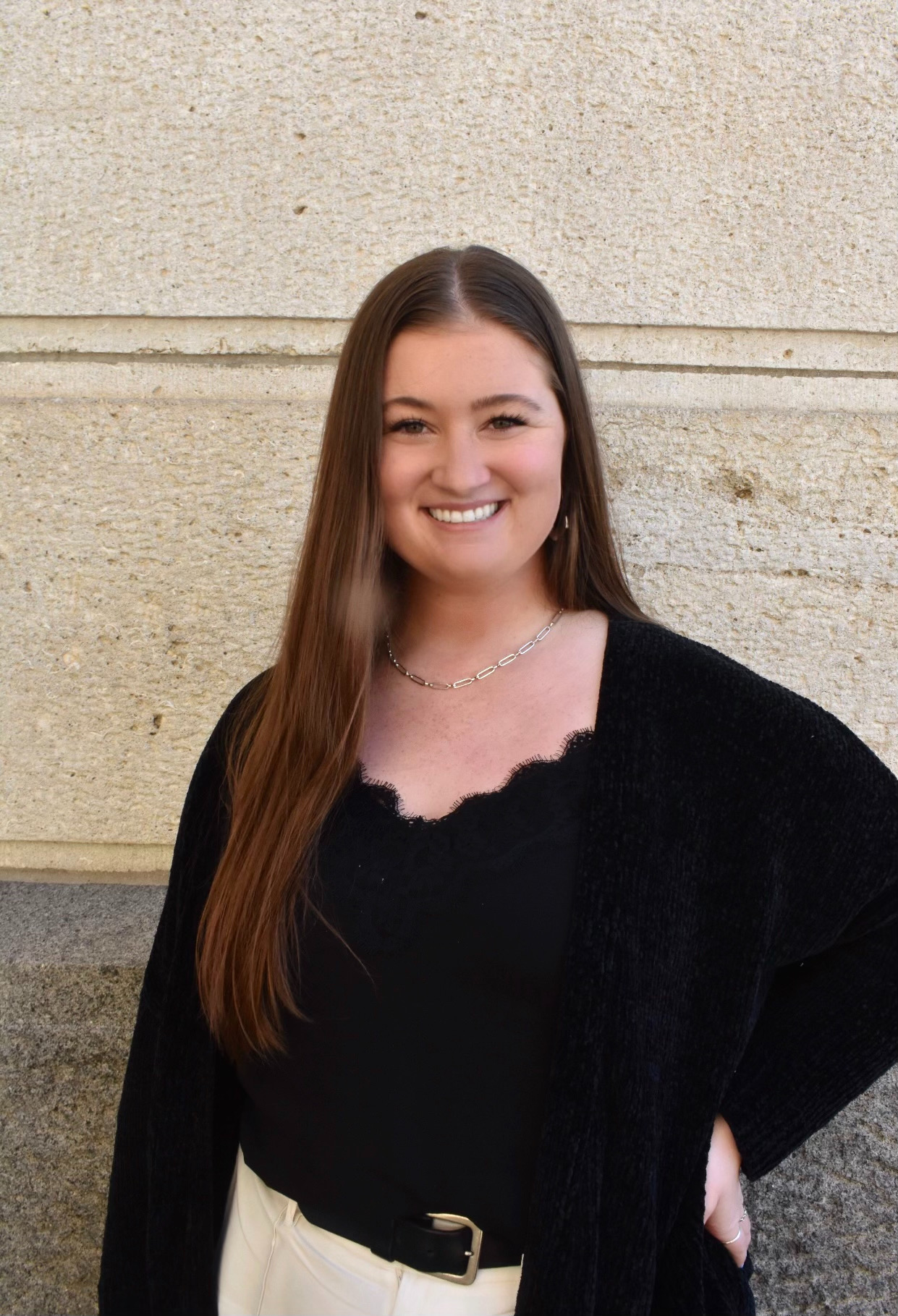
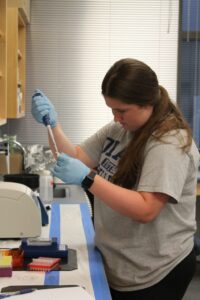 A big concern for the health of astronauts and space crews is exposure to radiation and NASA lists “Risk of Radiation Carcinogenesis from Space Radiation” as one of its top research priorities. On Earth, we are protected from most space radiation by the atmosphere, but radiation increasingly affects those outside of Earth’s atmosphere and beyond low Earth orbit. Ionizing radiation damages DNA most commonly via phosphodiester backbone breakage. Humans can repair these damages, but prolonged exposure can lead to genomic instability and cancer. Thus, it is important to understand and monitor genome stability of astronauts during space travel. Therefore, our main goal is to develop biomarkers of radiation-induced DNA damage for monitoring genome stability of astronauts during and after space travel, thus contributing to safer space exploration. Previously, we have analyzed signal transduction DNA damage repair pathway genes in human mammary tumor cell lines. However, skin cancer is also a major concern due to radiation exposure, and understanding DNA repair pathways in skin cancer is equally important. Therefore, using the human skin cancer cell line HTB-72 and doxorubicin as a radiomimetic model, we will investigate how the oncoprotein BRAF responds to radiation-induced DNA damage. The data produced from this project will help us understand differences between the development of breast cancer and skin cancer.
A big concern for the health of astronauts and space crews is exposure to radiation and NASA lists “Risk of Radiation Carcinogenesis from Space Radiation” as one of its top research priorities. On Earth, we are protected from most space radiation by the atmosphere, but radiation increasingly affects those outside of Earth’s atmosphere and beyond low Earth orbit. Ionizing radiation damages DNA most commonly via phosphodiester backbone breakage. Humans can repair these damages, but prolonged exposure can lead to genomic instability and cancer. Thus, it is important to understand and monitor genome stability of astronauts during space travel. Therefore, our main goal is to develop biomarkers of radiation-induced DNA damage for monitoring genome stability of astronauts during and after space travel, thus contributing to safer space exploration. Previously, we have analyzed signal transduction DNA damage repair pathway genes in human mammary tumor cell lines. However, skin cancer is also a major concern due to radiation exposure, and understanding DNA repair pathways in skin cancer is equally important. Therefore, using the human skin cancer cell line HTB-72 and doxorubicin as a radiomimetic model, we will investigate how the oncoprotein BRAF responds to radiation-induced DNA damage. The data produced from this project will help us understand differences between the development of breast cancer and skin cancer.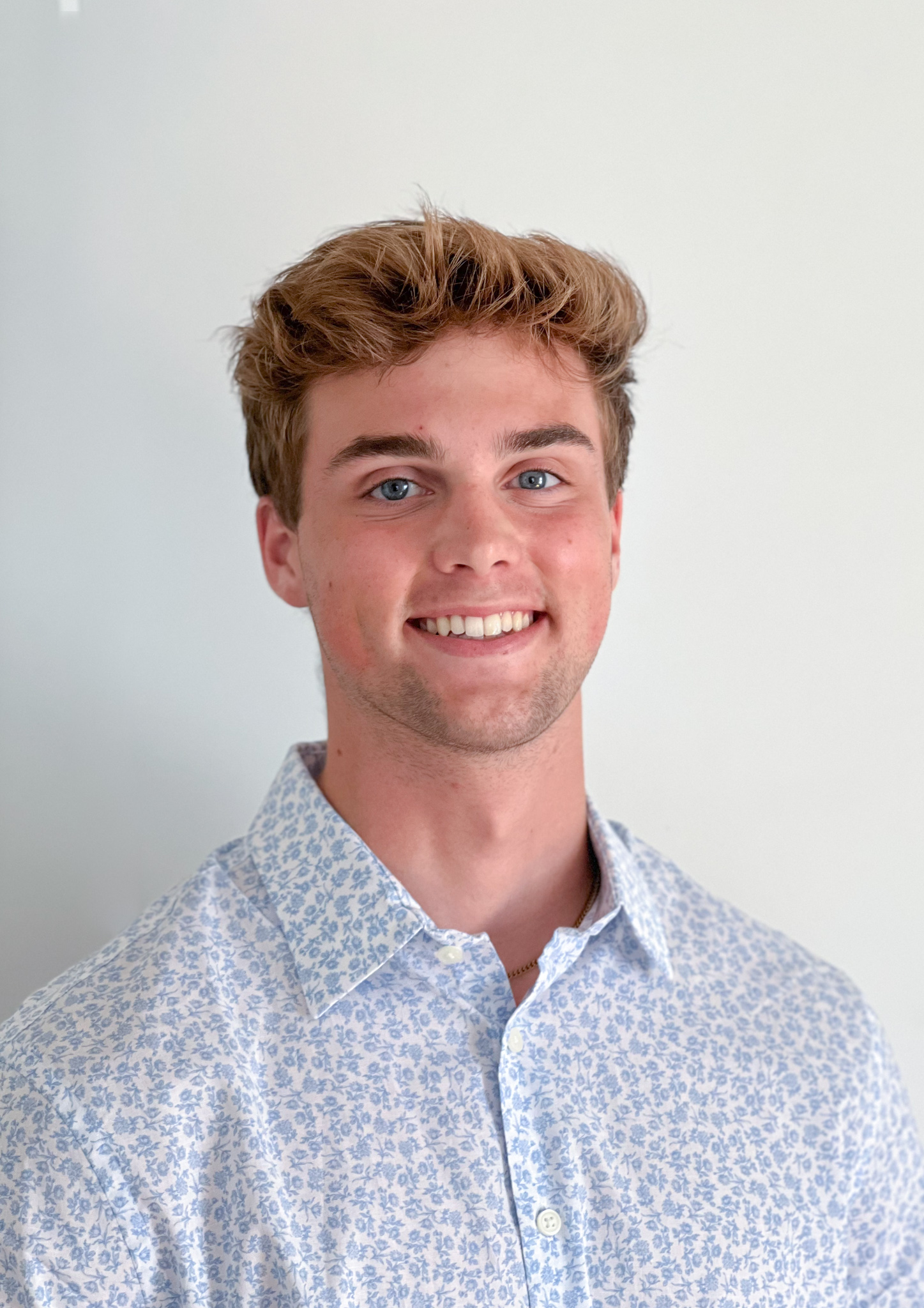
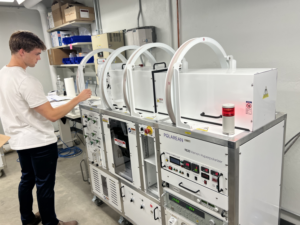 Medical imaging serves a crucial role in establishing diagnosis, determining severity, monitoring progression, and uncovering the pathophysiology associated with many diseases. This research, led by Dr. Sean Fain, explores novel applications of hyperpolarized (HP) 129Xe magnetic resonance imaging (MRI) in populations including those suffering from Long Covid, cystic fibrosis, interstitial lung disease, and radiation-induced pulmonary changes associated with radiation therapy. This technique differs from standard imaging practices today while measuring lung function more directly than conventional pulmonary tests delivering quantitative measures of ventilation, perfusion, and gas exchange of the lungs. After more research, these novel biomarkers could possibly guide adjustments to treatment and deployment of potential therapies to improve outcomes.
Medical imaging serves a crucial role in establishing diagnosis, determining severity, monitoring progression, and uncovering the pathophysiology associated with many diseases. This research, led by Dr. Sean Fain, explores novel applications of hyperpolarized (HP) 129Xe magnetic resonance imaging (MRI) in populations including those suffering from Long Covid, cystic fibrosis, interstitial lung disease, and radiation-induced pulmonary changes associated with radiation therapy. This technique differs from standard imaging practices today while measuring lung function more directly than conventional pulmonary tests delivering quantitative measures of ventilation, perfusion, and gas exchange of the lungs. After more research, these novel biomarkers could possibly guide adjustments to treatment and deployment of potential therapies to improve outcomes.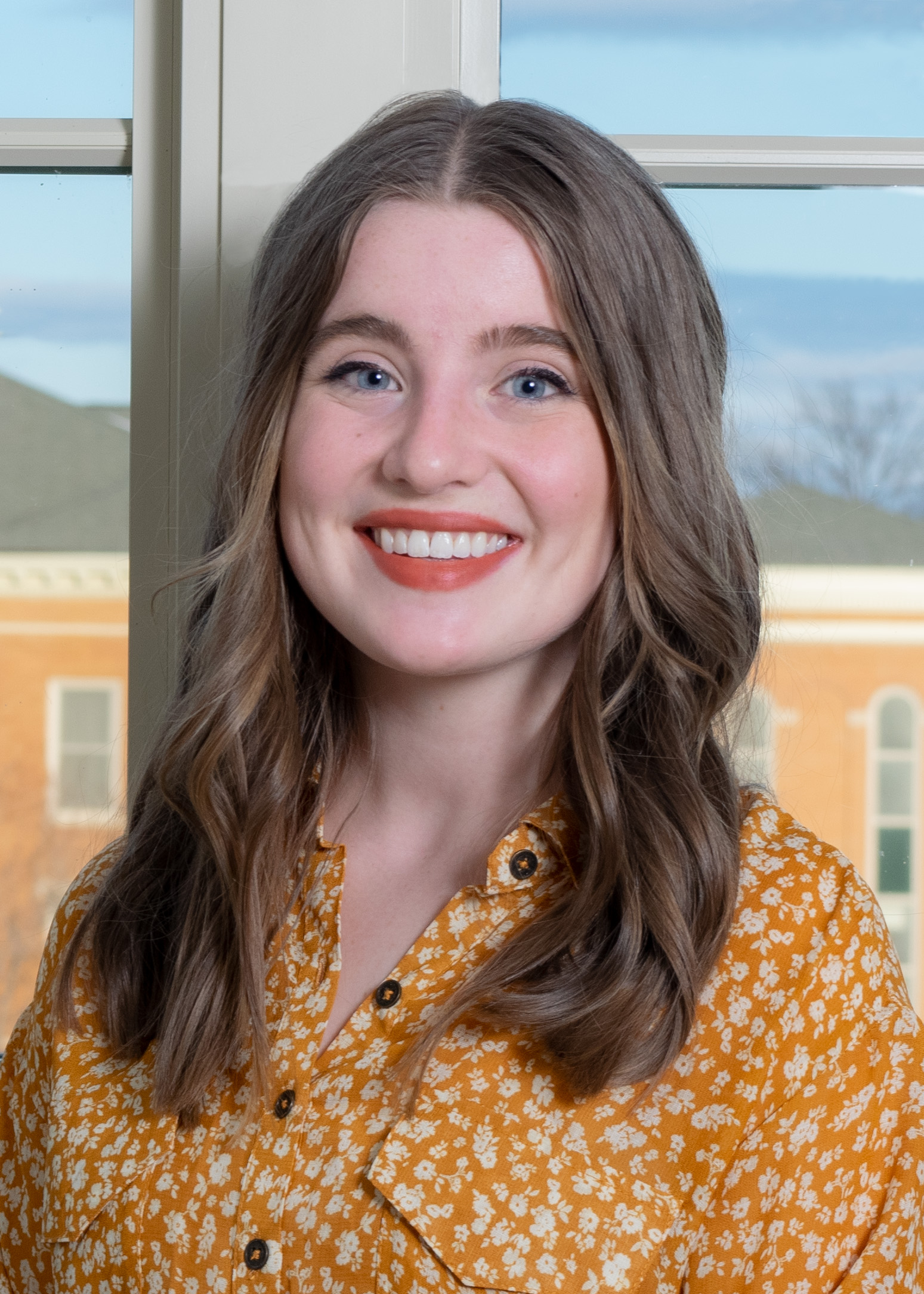
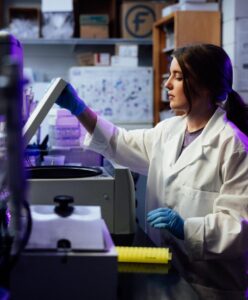 Moonmilk is a white substance mainly composed of calcium carbonate (CaCO3) that is often found in limestone caves. It is one of many mineral composites in Wind Cave National Park South Dakota and is thought to be formed by microbial activity. Some of the evidence supporting this hypothesis lies in the association of metabolically active microorganisms in moonmilk such as Macromonas bipunctata, a bacterium first discovered in caves over a hundred years ago. More recently, there is evidence that dry versus wet moonmilk harbor different bacterial communities (Shanae et al., 2020). We have collected our own samples of moonmilk from different areas within Wind Cave using sterile supplies to avoid cross-contamination.
Moonmilk is a white substance mainly composed of calcium carbonate (CaCO3) that is often found in limestone caves. It is one of many mineral composites in Wind Cave National Park South Dakota and is thought to be formed by microbial activity. Some of the evidence supporting this hypothesis lies in the association of metabolically active microorganisms in moonmilk such as Macromonas bipunctata, a bacterium first discovered in caves over a hundred years ago. More recently, there is evidence that dry versus wet moonmilk harbor different bacterial communities (Shanae et al., 2020). We have collected our own samples of moonmilk from different areas within Wind Cave using sterile supplies to avoid cross-contamination. 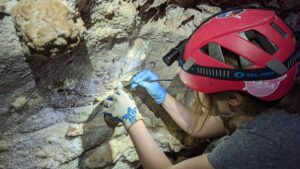 Each site had varying degrees of human exposure, from public tour routes to caverns only occasionally visited by park rangers. By extracting environmental DNA from these samples, we will then be able to measure microbial diversity. The resulting data set will allow us to estimate how much of the human microbiome transfers to moonmilk and whether there is a correlation between microbial diversity and the level of hydration in Wind Cave moonmilk. DNA will be extracted using the Qiagen PowerSoil Pro DNA Extraction kit followed by 16S rDNA PCR amplification and clone library construction to identify microbes. The results of this study will not only offer insights into the composition of microbial species in moonmilk, as well as their role in its formation, but will add to the larger genetic map of Wind Cave being constructed by the other students on my research team.
Each site had varying degrees of human exposure, from public tour routes to caverns only occasionally visited by park rangers. By extracting environmental DNA from these samples, we will then be able to measure microbial diversity. The resulting data set will allow us to estimate how much of the human microbiome transfers to moonmilk and whether there is a correlation between microbial diversity and the level of hydration in Wind Cave moonmilk. DNA will be extracted using the Qiagen PowerSoil Pro DNA Extraction kit followed by 16S rDNA PCR amplification and clone library construction to identify microbes. The results of this study will not only offer insights into the composition of microbial species in moonmilk, as well as their role in its formation, but will add to the larger genetic map of Wind Cave being constructed by the other students on my research team.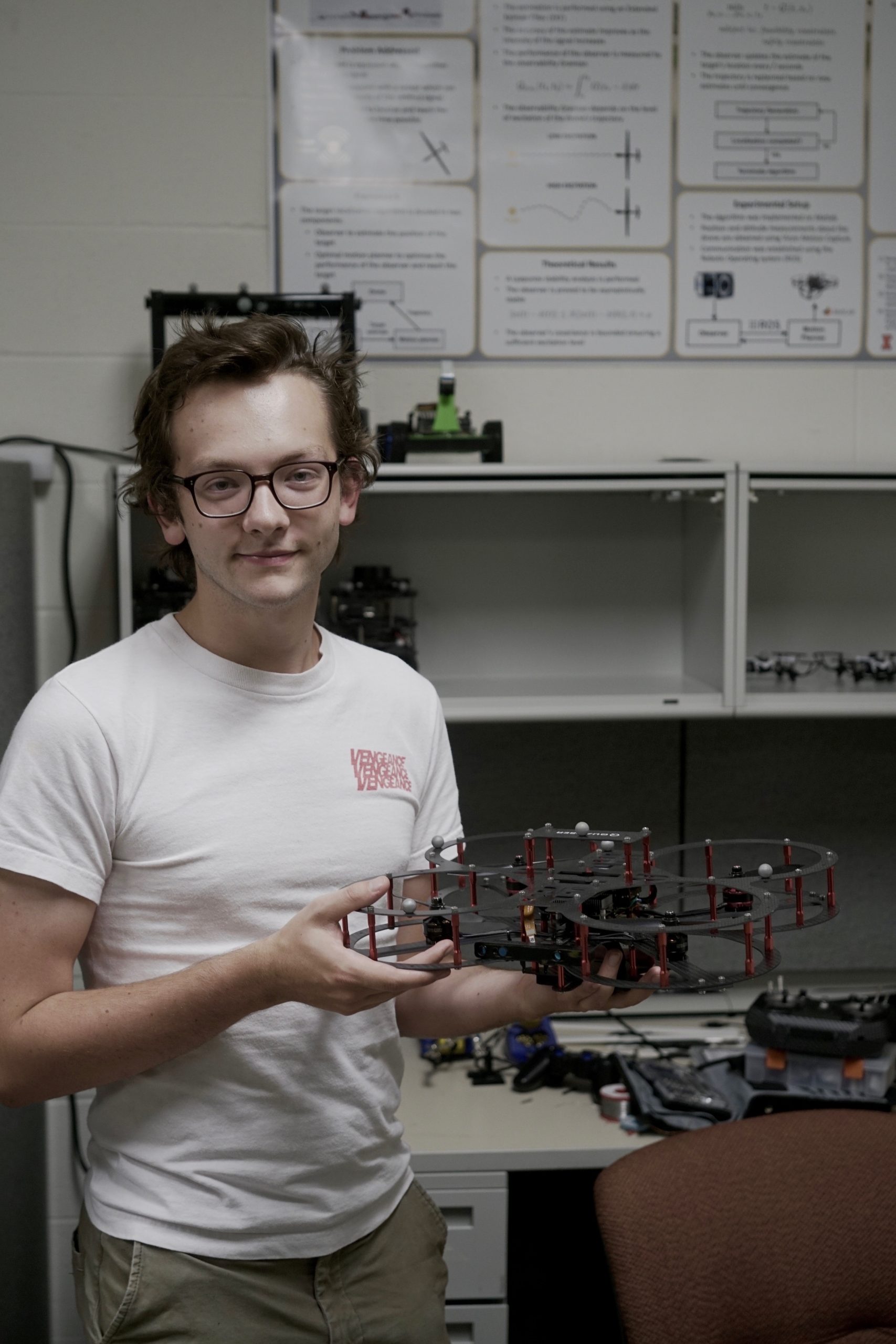
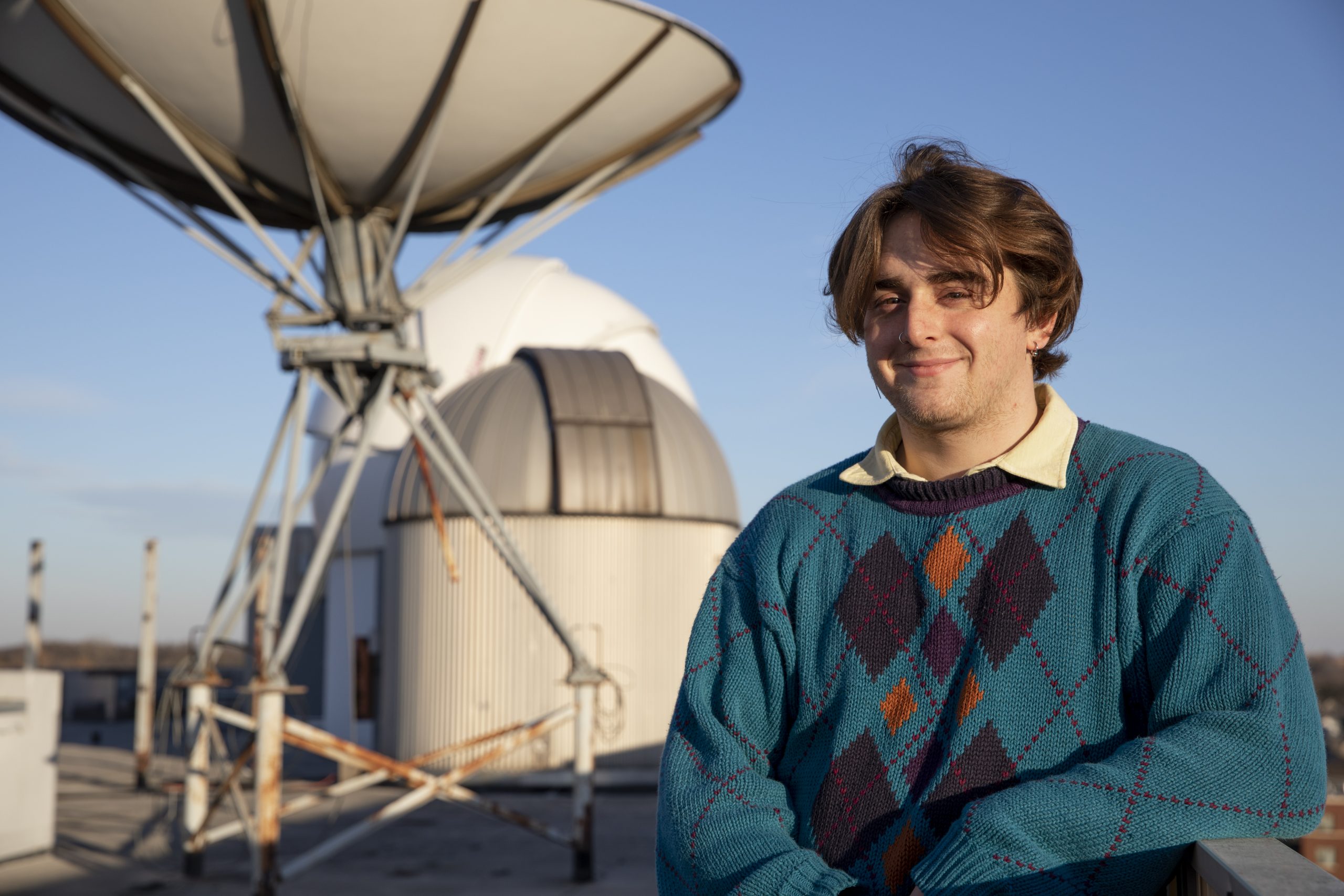
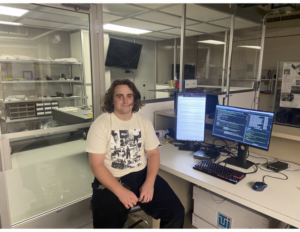 X-ray telescopes differ from optical telescopes in the sense that they must utilize grazing incidence mirrors to “skip” X-rays to the detector. To meet the performance requirements necessary to achieve NASA’s science goals, we must stack many thin (<1mm) X-ray mirrors together. However, thin mirrors are susceptible to stray loads, which distort the mirror and diminish its sensitivity. To address this problem, our group studies the fabrication and implementation of thin, adjustable X-ray mirrors. These mirrors are micro-electro-mechanical systems (MEMS) that utilize an array of addressable cells to correct distortions introduced in spaceflight and production. My research focuses primarily on the development and optimization of the algorithms used to correct the mirror distortions. These algorithms are essentially nonlinear, least-squares optimization solvers. I will use these algorithms to predict which voltages we must apply to each cell in order to optimize the performance of the mirror. We will then use these predictions to apply and measure corrections to a mirror prototype available to us at the University of Iowa.
X-ray telescopes differ from optical telescopes in the sense that they must utilize grazing incidence mirrors to “skip” X-rays to the detector. To meet the performance requirements necessary to achieve NASA’s science goals, we must stack many thin (<1mm) X-ray mirrors together. However, thin mirrors are susceptible to stray loads, which distort the mirror and diminish its sensitivity. To address this problem, our group studies the fabrication and implementation of thin, adjustable X-ray mirrors. These mirrors are micro-electro-mechanical systems (MEMS) that utilize an array of addressable cells to correct distortions introduced in spaceflight and production. My research focuses primarily on the development and optimization of the algorithms used to correct the mirror distortions. These algorithms are essentially nonlinear, least-squares optimization solvers. I will use these algorithms to predict which voltages we must apply to each cell in order to optimize the performance of the mirror. We will then use these predictions to apply and measure corrections to a mirror prototype available to us at the University of Iowa.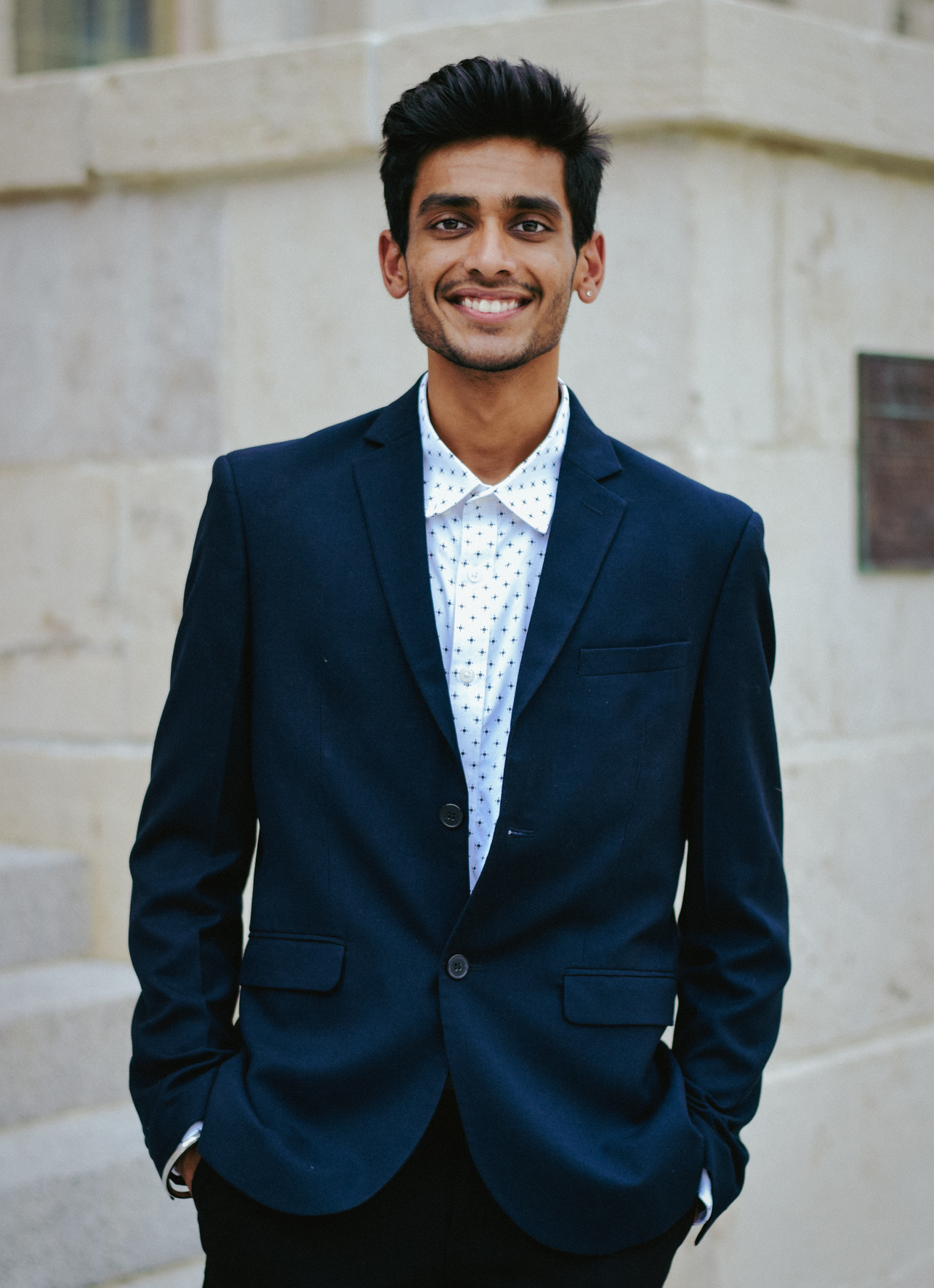
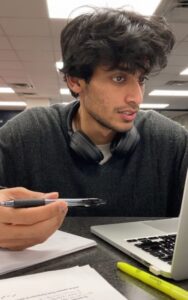 This project aims to extend strain-based kinematic shape sensing from 1-D beams to 2-D plates.
This project aims to extend strain-based kinematic shape sensing from 1-D beams to 2-D plates.